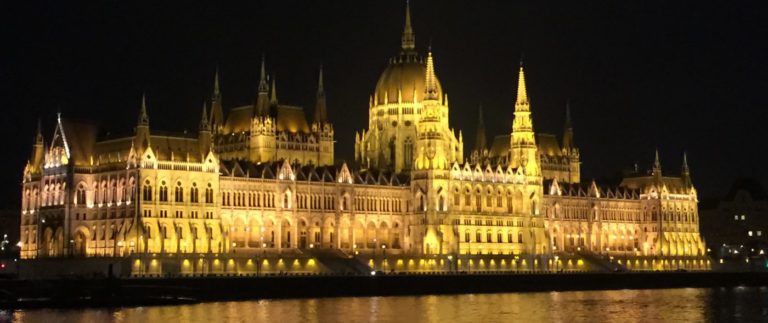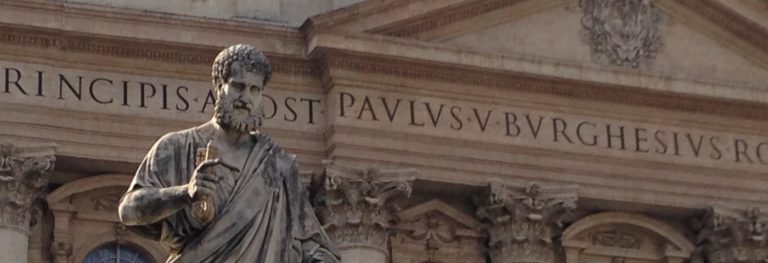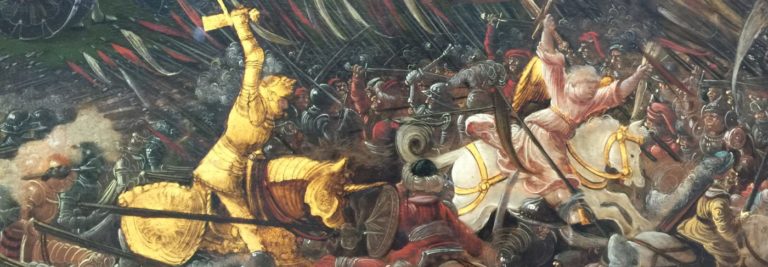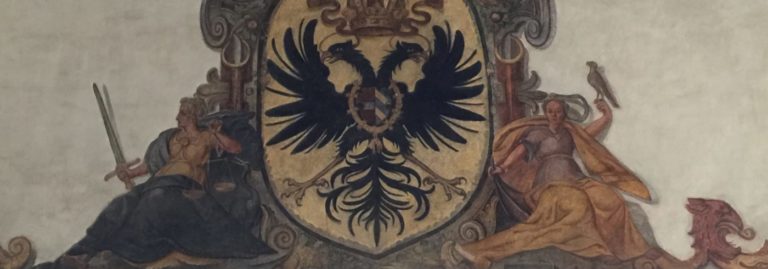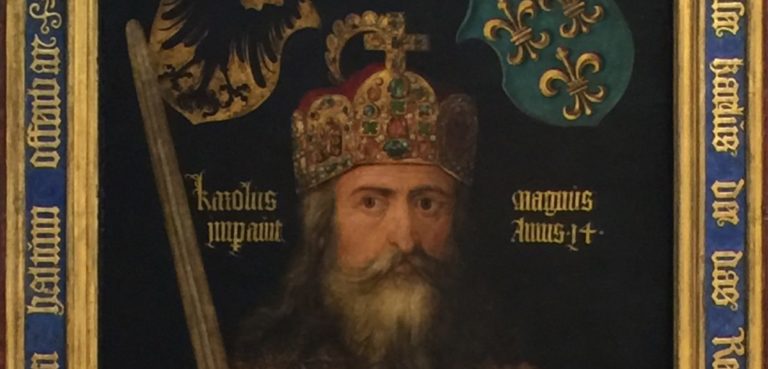Big change is usually the result of several factors, and it does not come quietly. Europe’s medieval period, roughly 700-1300 CE, was dominated by the Christian Church and the consolidation of sovereign powers. While monarchs battled furiously amongst themselves for the next four hundred and fifty years, a number of developments created a foundation for the fundamental transformation of European governments.

As mentioned in “The Islamic Challenge”, the intellectual migration from Constantinople to Western Europe, caused by the sack and eventual fall of the Byzantine Empire in 1453 CE, revived interest in the classical humanist philosophies of Ancient Greece. Some historians believe this was instrumental to the expression of individualism in the Italian Renaissance. The impact in art, literature, and science was immediate. 1453: The Holy War for Constantinople and the Clash of Islam and the West
Leonardo da Vinci, born in 1452 CE, led a parade of thoughtful pioneers into the realm of science. Leonardo: The Artist and the Man The continuous examination of the universe before their very eyes led Copernicus, Galileo, Newton, and a host of successors, including Darwin and Einstein, to challenge every known concept, right down to our very substance. Pick up Daniel Boorstin’s comprehensive review of scientific innovation, The Discoverers
.
Middle classes developed based on international trade and industrial revolutions to blur the distinctions between royal haves and hoi polloi have-nots. New philosophies of the “social contract” and the mechanisms of wealth and economics started discussions about the nature and role of government and the rights of the individual.
John Locke, Two Treatises of Government and A Letter Concerning Toleration (with an Introduction by Henry Morley) and Adam Smith, The Wealth of Nations (Bantam Classics)
, are viewed as some of the most original and influential authors of the Age of Enlightenment. Their influence spread through Britain, Scotland, America, France, and beyond.
The intellectual inquiry into the causes and consequences of political power began to create new demands for the rights of the everyday citizen. The Seekers: The Story of Man’s Continuing Quest to Understand His World Knowledge Trilogy (3), and the very readable How the Scots Invented the Modern World: The True Story of How Western Europe’s Poorest Nation Created Our World & Everything in It
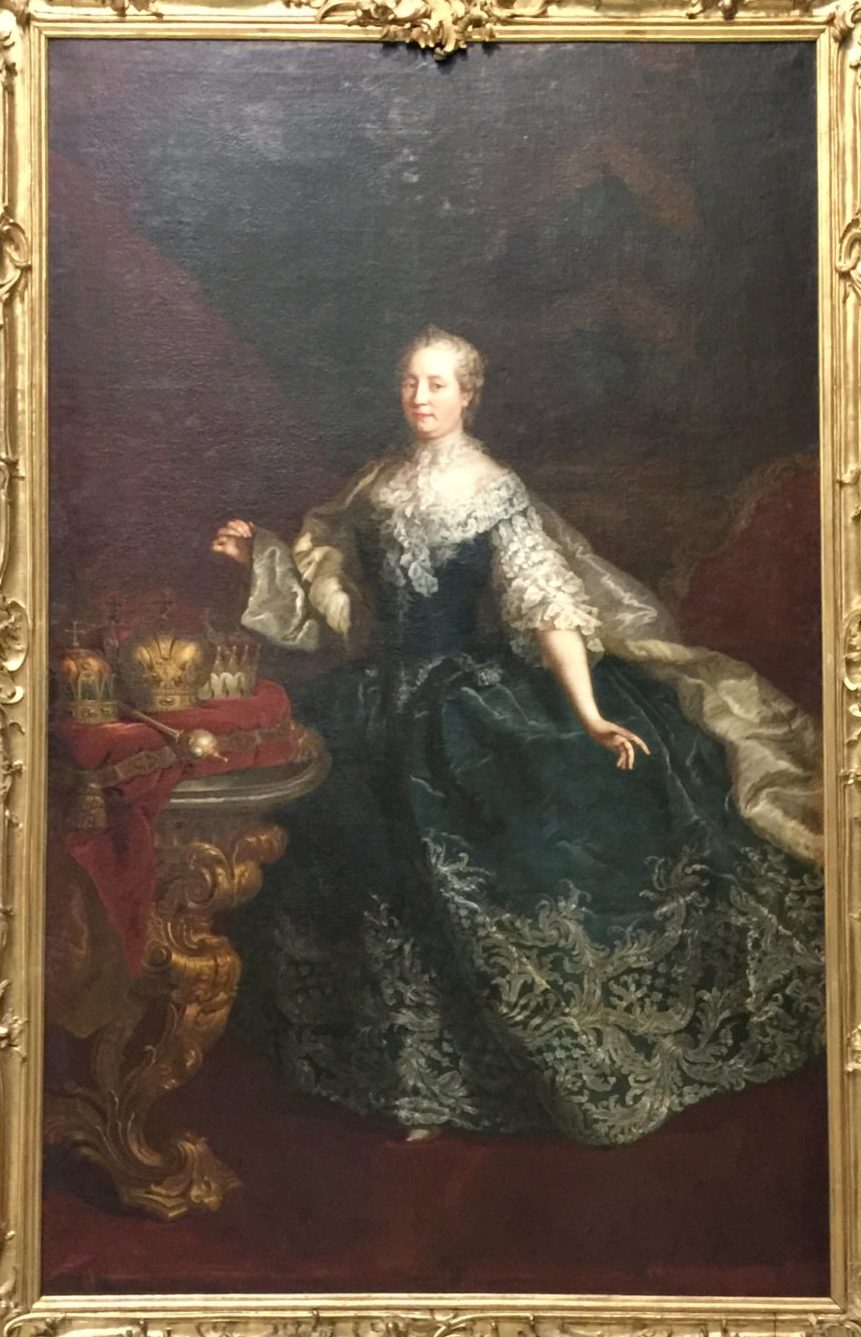
Seven Years’ War of 1756-1763 CE involved every major and minor power of Europe and was fought across five continents. It was one of the most extravagant displays of monarchical excess in European history. Winston Churchill referred to it as “the first world war”. Though major shifts of colonial possessions took place, the map of Europe was not changed. It was just a lot of death and destruction in the name of the royal combatants. The Global Seven Years War 1754-1763: Britain and France in a Great Power Contest (Modern Wars In Perspective)
At the end of the war, in 1763 CE, most of Europe was ruled by entrenched nobility. They included:
British Empire: George III (Hanover)
France: Louis XV (Bourbon)
Prussia: Frederick II “the Great” (Hohenzollern)
Austria-Hungary: Empress Maria Theresa (Hapsburg)
Spain: Charles III (Bourbon)
Russia: Catherine II “the Great” (Romanov)
During the period from 1763 to the end of the First World War in 1918, an enormous number of significant historic events took place. However, from a thirty-thousand-foot view, the 155-year period represents a huge, multi-faceted revolution that replaced all of the established monarchies with different forms of government. The age of the absolute European Monarch passed into history.

The American Revolution was the first domino. It was actually a relatively short transition, 1776-1787 CE, because the British government was too broke to handle a long overseas war and because, even with the loss of the American colonies, they still ruled a quarter of the earth’s landmass. See 1776, by David McCullough.
The French Revolution had much more impact in Europe. The Bastille was liberated. The monarchy was abolished. Heads rolled and a republic was formed, all in 10 years. The French Revolution: A Very Short Introduction When the French king was beheaded, the rest of the European nobility attacked France to restore the concept of absolute monarchy. The French government was in disarray, but the army continued to win victories. Into the political vacuum stepped Napoleon Bonaparte. Napoleon
In a rather remarkable feat, in 16 short years, Napoleon managed to assemble and lose the most extensive pan-European empire in history. He ruled from the southern tip of sunny Portugal to frigid Moscow. When he was finally shipped off to one of the most isolated islands in the world, the monarchies redrew the map of Europe and continued their death-grip on power. But the undercurrent of upheaval persisted.
1848 CE is known as “the year of the revolutions”. Popular uprisings in France, Germany, Sicily, and various pieces of the Hapsburg Austrian Empire, including Hungary, Poland, Serbia, Croatia, Romania, and the Ukraine, all attempted to throw off their respective nobility. Ultimately, they all failed, in some cases tightening the hold of the autocracy. But, they signaled a sentiment that was not to be denied. Revolutions of 1848

In Germany, the populist call was for unification of the 39 disparate states. In 1866 CE, the Prussians, under Kaiser (Caesar) Wilhelm I and his minister, Otto von Bismarck, consolidated northern Germany. Bismarck: The Man and Statesman By 1871 CE, Southern Germany followed and the German Empire, the Second Reich, (Otto I was considered the First Reich), was born, with an extremely ironic coronation in the Hall of Mirrors at Versailles.
Austro-Hungary was no longer considered German and had more pressing issues to address with its pesky Slavic neighbors. Bismarck settled scores with Denmark, Austria, and France to expand his borders and to encourage German nationalism. Prussian Germany dominated Europe, creating the arch-rivalry with France. (The Germans would maintain that Napoleon started the fight.) Bismarck: A Life
Unfortunately, Bismarck’s empire created the last new significant monarchy of European history. Kaiser Wilhelm II dismissed Bismarck and proceeded to offend diplomatically most of the heads of state in Europe and Asia, many of whom were cousins. George, Nicholas and Wilhelm: Three Royal Cousins and the Road to World War I When his buddy, Austrian Crown Prince Franz Ferdinand, was assassinated by Serbian nationalists, Germany supported Austria. Russia supported Serbia. Treaty alliance clauses kicked in and the devastation of WWI began. Get the classic by Barbara Tuchman, The Guns of August: The Pulitzer Prize-Winning Classic About the Outbreak of World War I
When the smoke cleared, the monarchies of Europe were gone. They had reigned across the European landscape since Clovis, bickering and battling mostly in the name of self-aggrandizement. By 1918, any remaining crowns were worn ceremoniously. Along the Danube, the Hapsburgs, who had dominated Austrian and Hungarian history for centuries, were finished. Though the German crown was late to the party, it was the straw that broke the royal camel’s back. Unfortunately, nationalistic rivalries survived. In spite of the new League of Nations, peace in Europe would still have to wait.

